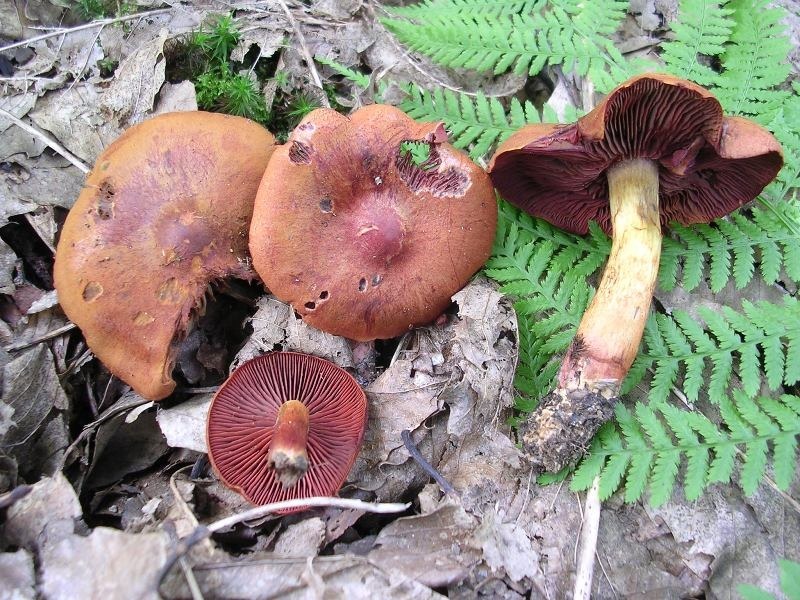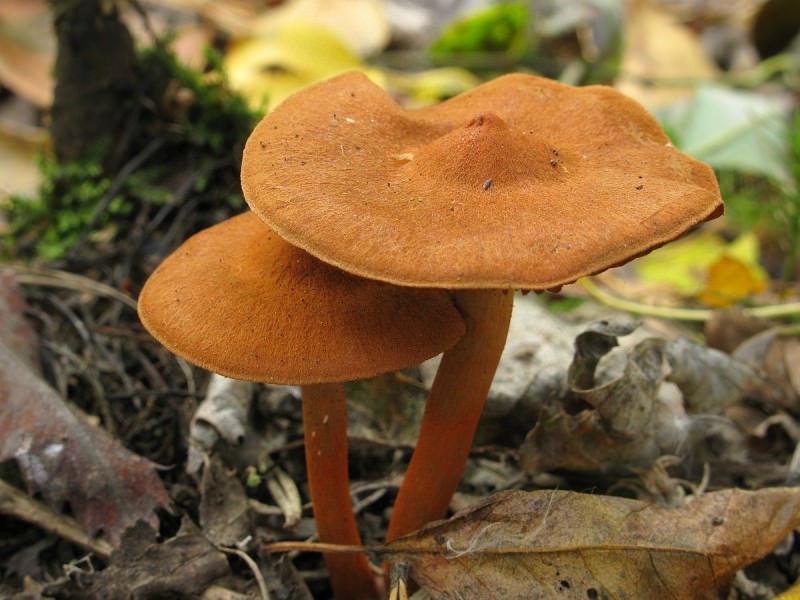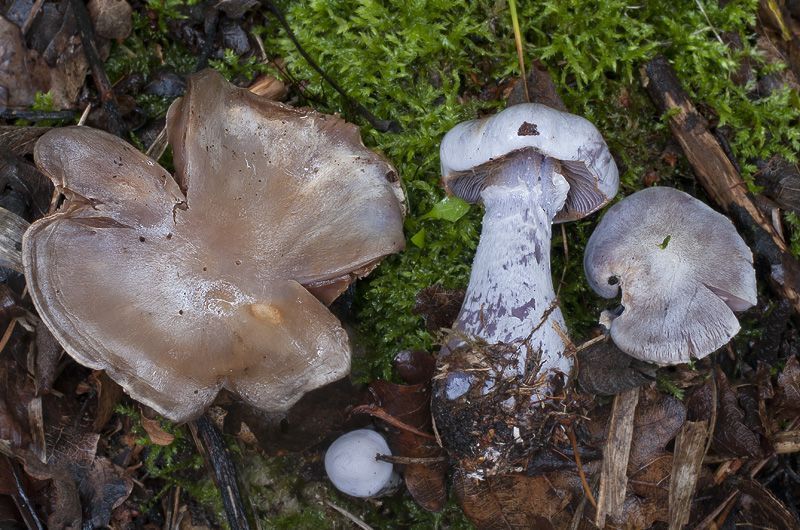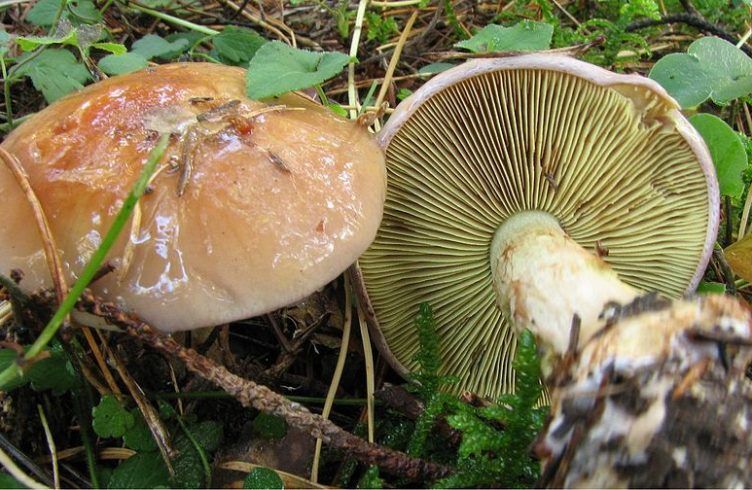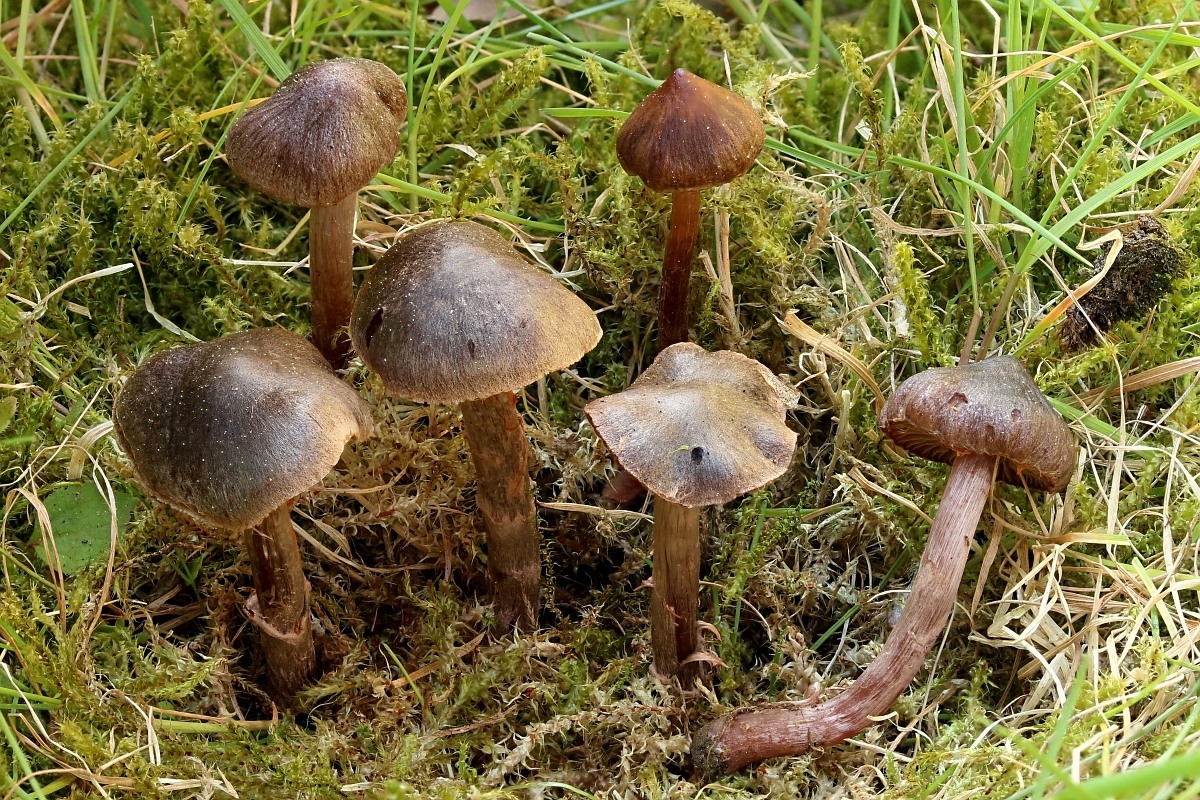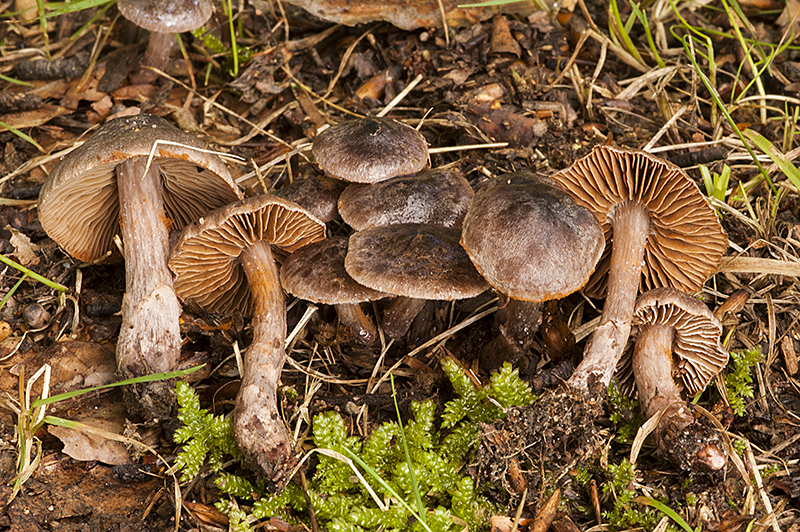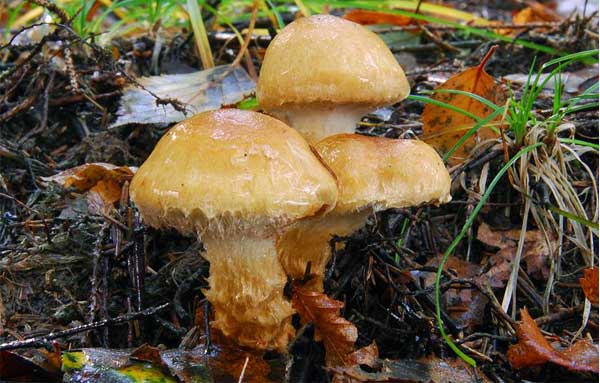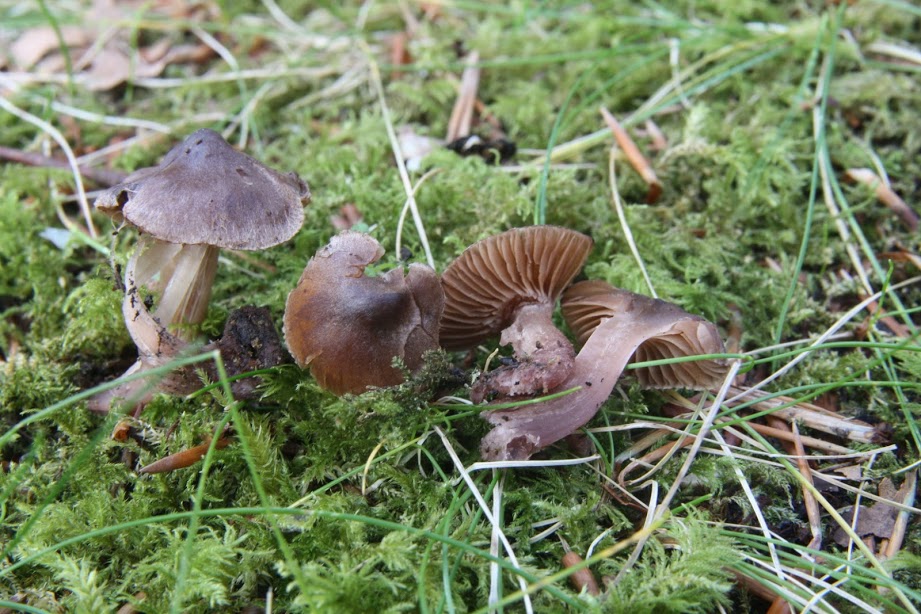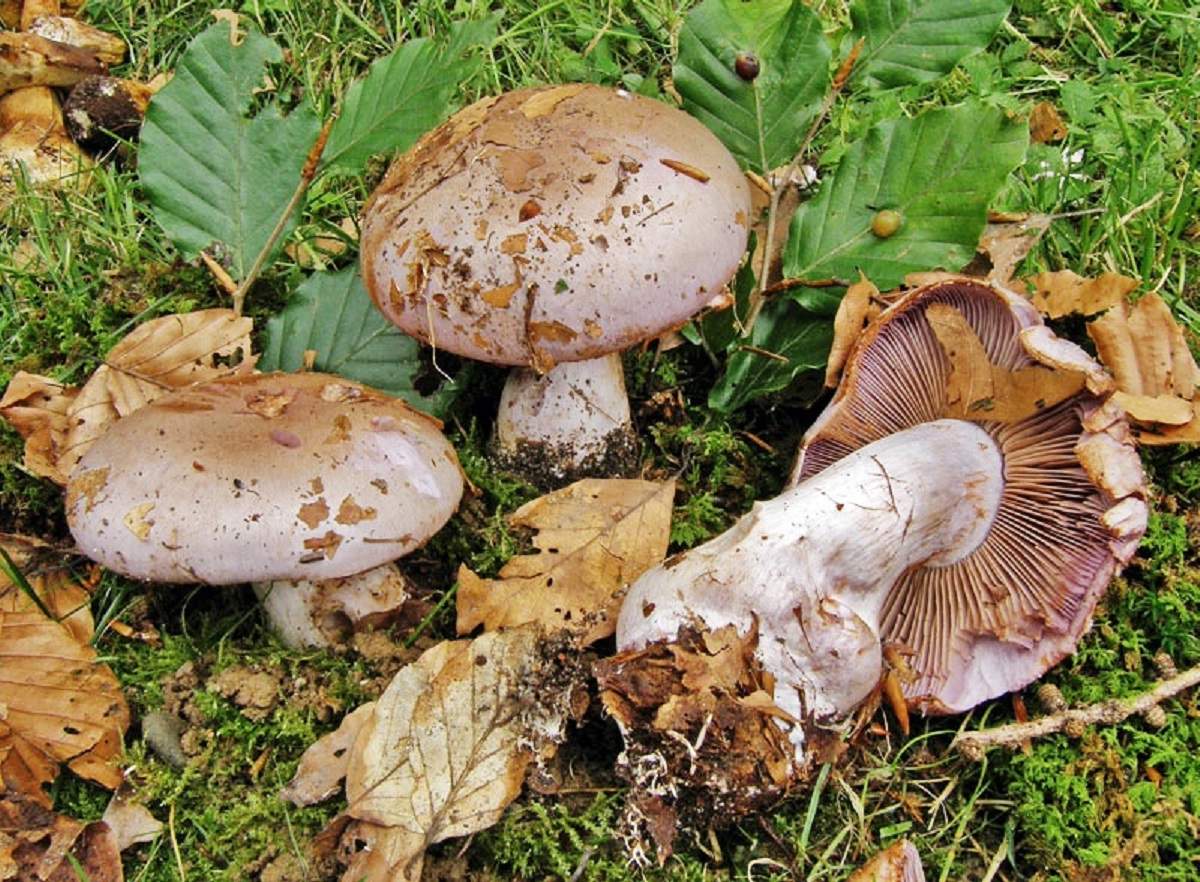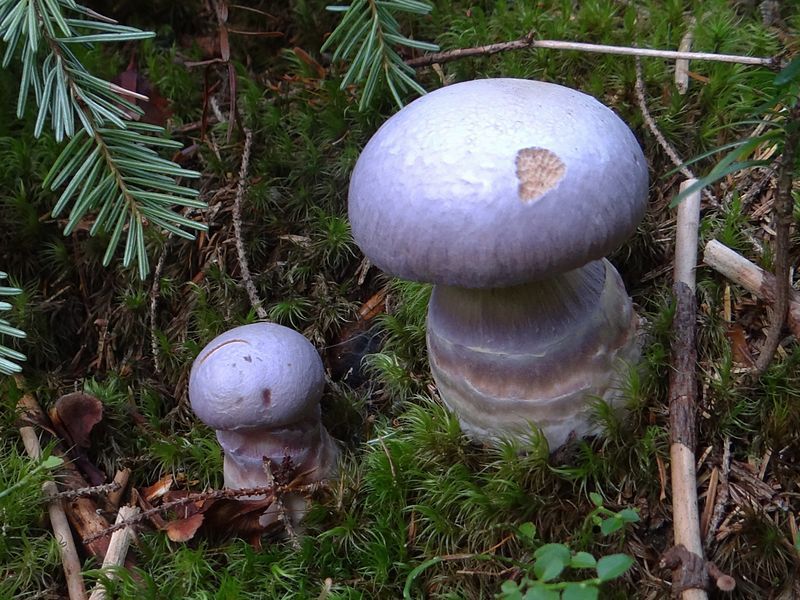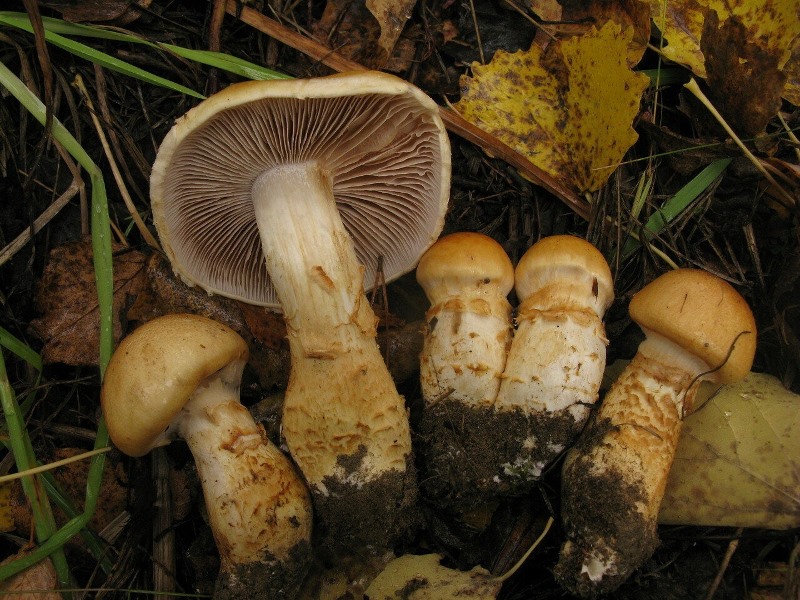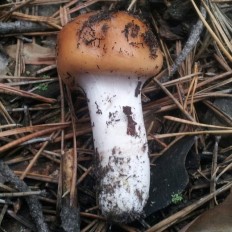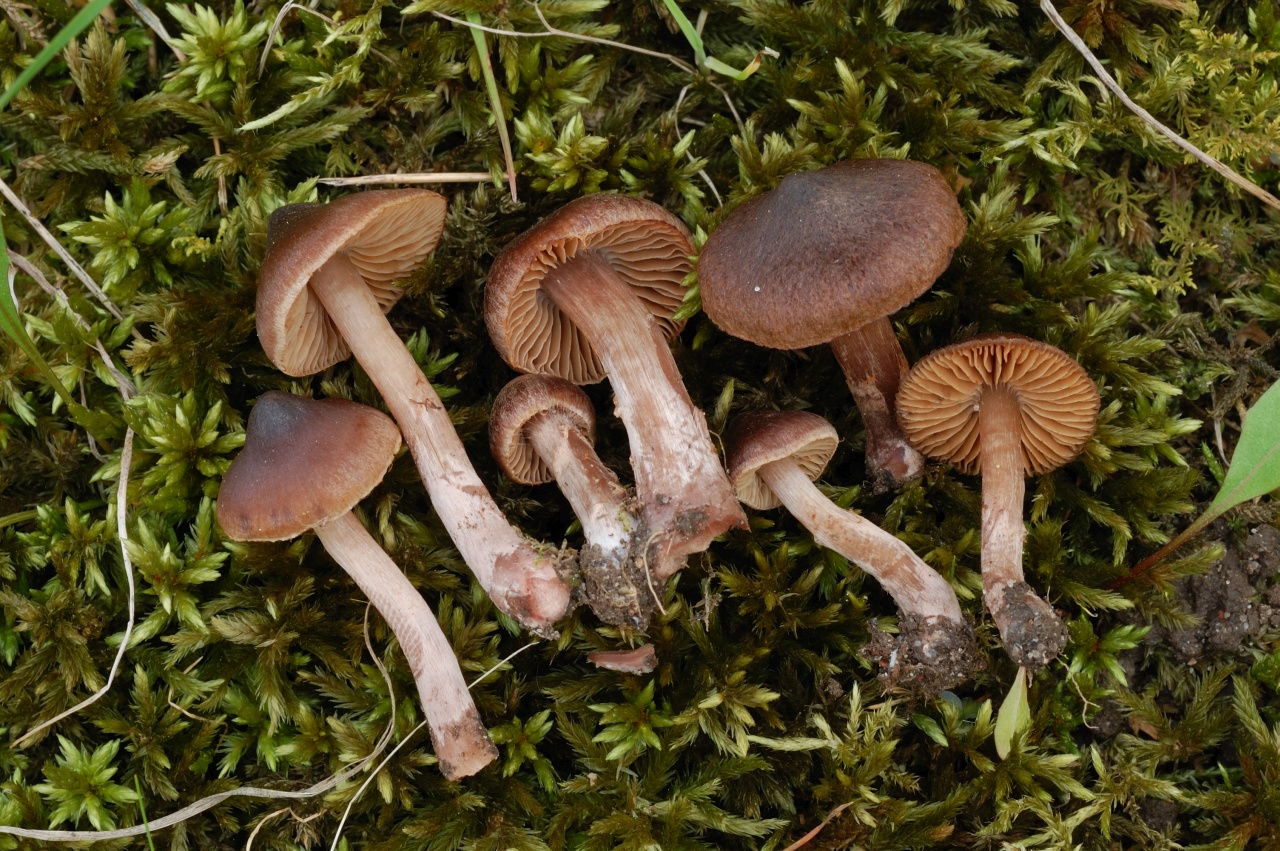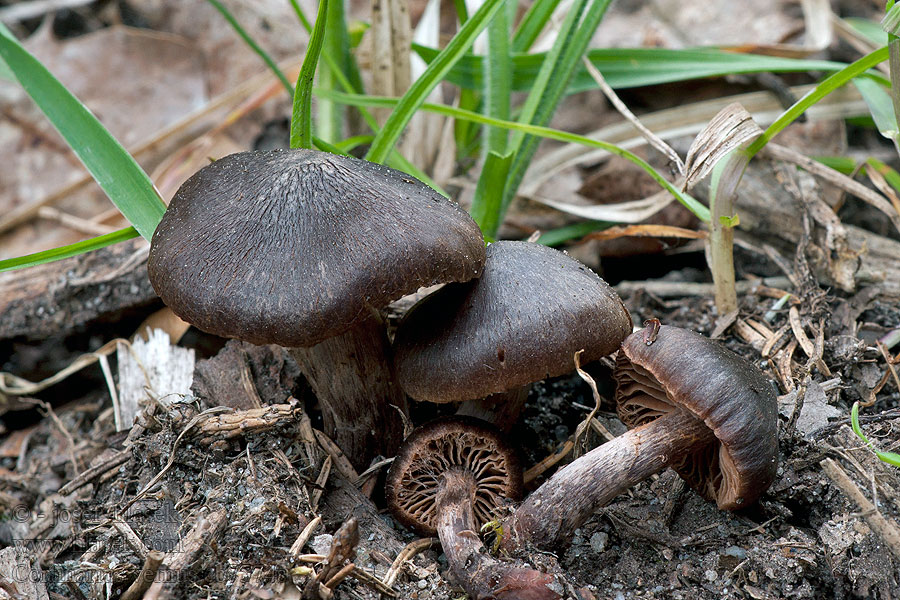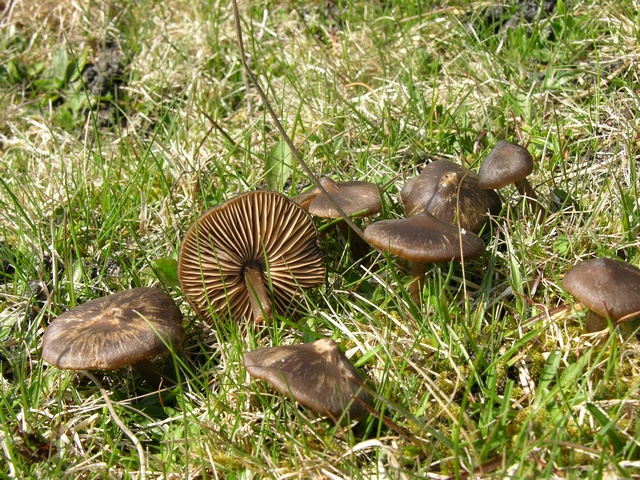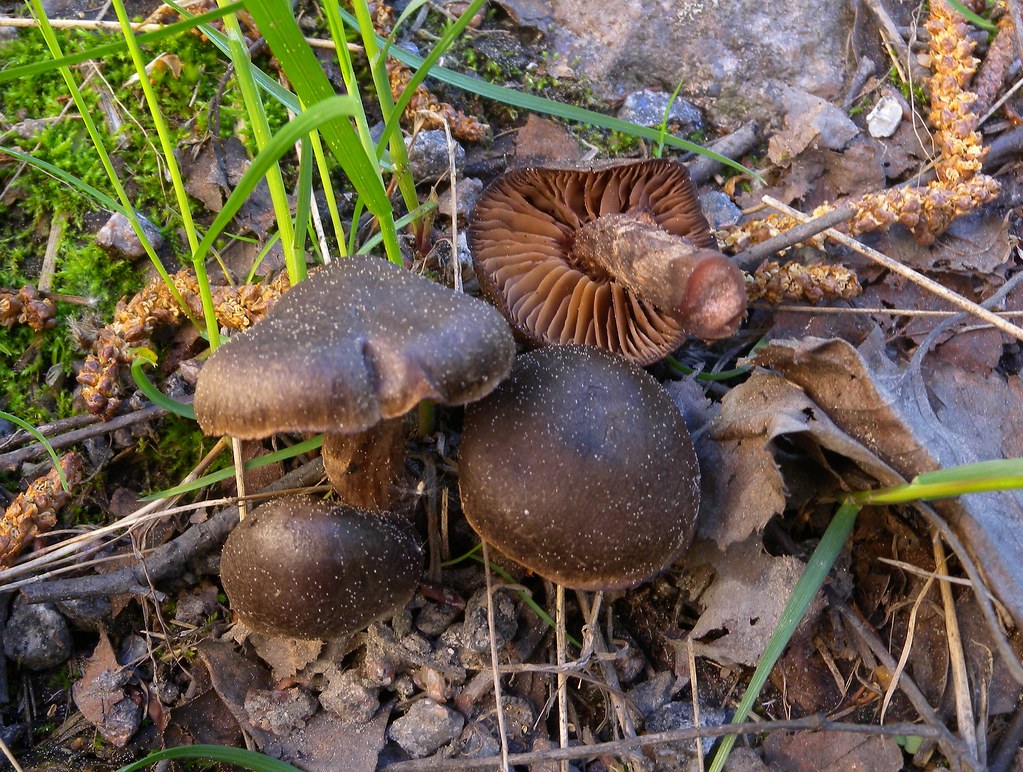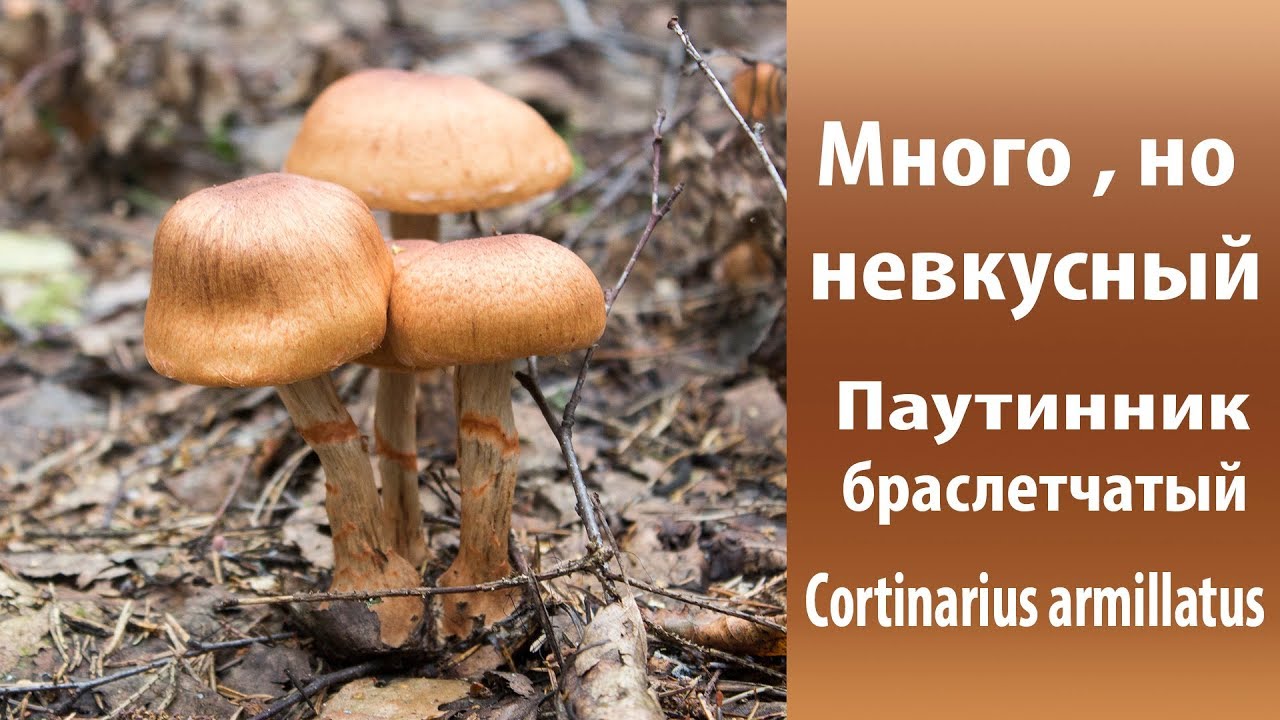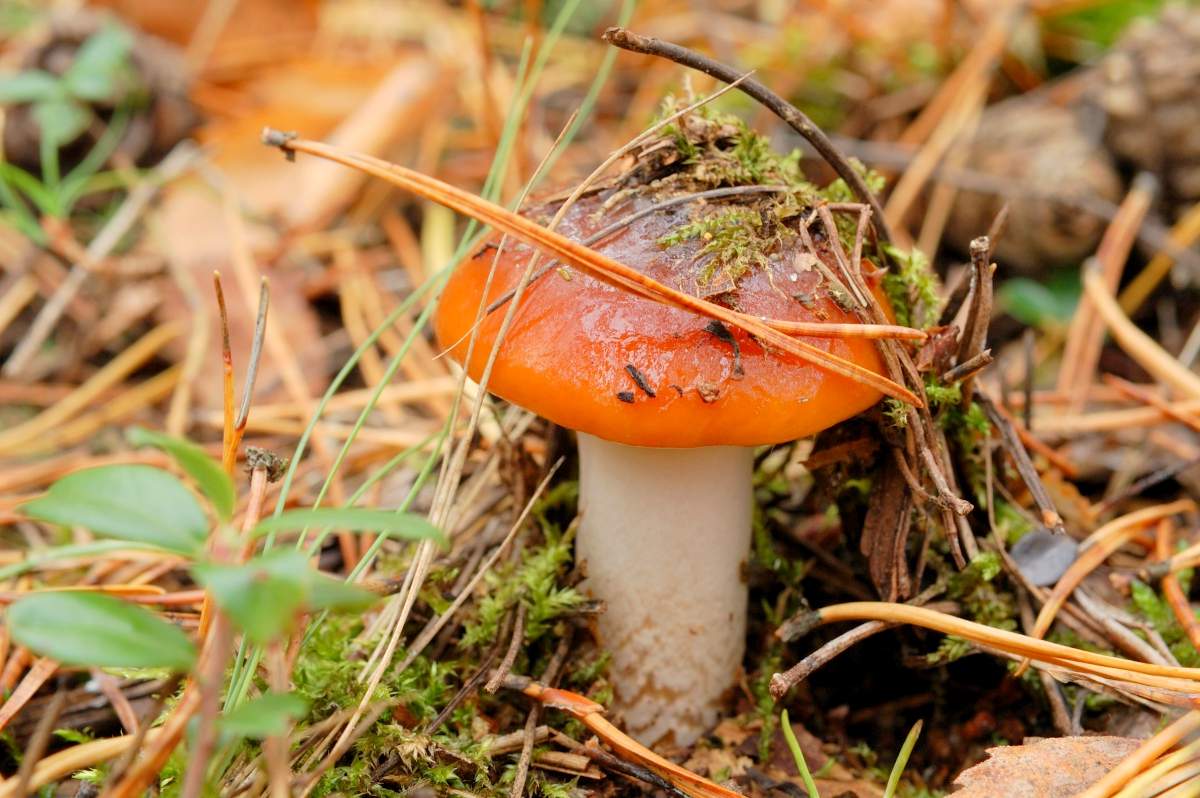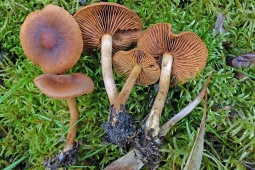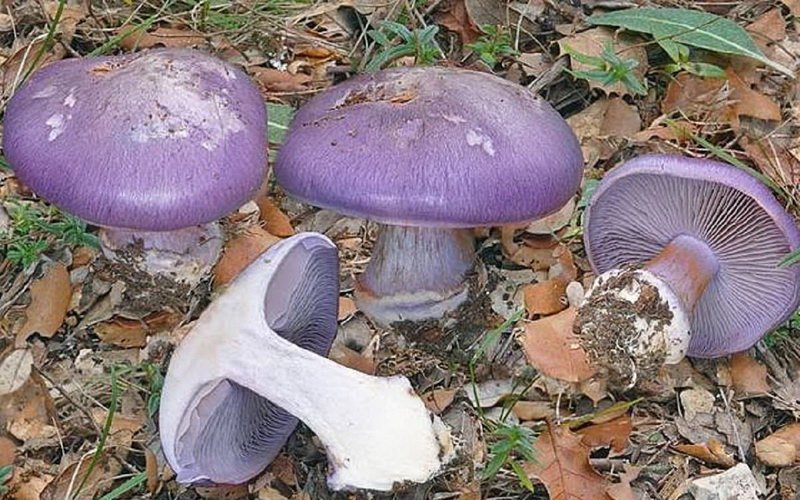Edible and Poisonous Species of the Spiderweb Mushroom
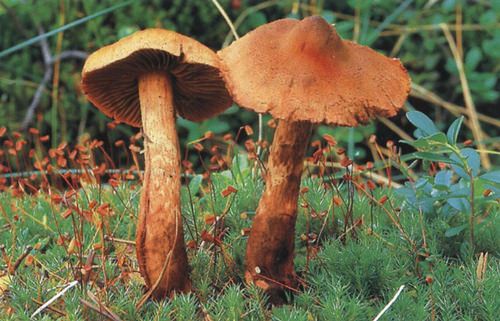
What does the spiderweb mushroom look like and where does it grow?
The name spiderweb means a genus of mushrooms of the family of the same name. Among mushroom pickers, the popular name pribolotnik is quite common, which reflects the peculiarities of the growth of the fungus. The mushroom got its main name due to the fact that at the junction of the leg and the cap it has a kind of cobweb, which practically disappears as it grows. Cobwebs grow mainly in deciduous or mixed forests, but certainly on very wet soil: both next to a swamp and in lowlands and ravines.
Interestingly, in appearance, different types of spider webs differ quite strongly, and novice mushroom pickers can take them for completely different families. There are fruit bodies of both classical shape and mushrooms with spherical and conical caps. The surface can be either dry or slimy, with a smooth or scaly texture. The color of the hats is also quite varied: yellow, orange, brown-red, burgundy and even white-violet.
Cobwebs grow alone, but more often in families from 10 to 30 pieces. They should be looked for in the lowlands, and they are collected mainly at the end of summer and until the onset of the first autumn frosts (late October in the European part of the country and the second half of September in Siberia).

Nutritional value and taste of the cobweb
Some types of spider webs are edible mushrooms. In terms of aroma, they are inferior to the classical representatives - porcini mushrooms, champignons and many others, since they have practically no smell. Nevertheless, the taste of these representatives is quite pronounced. And if you consider that many varieties are large (15-17 cm in the diameter of the cap and up to 10 cm in the height of the leg), mushroom pickers willingly collect them for cooking and preservation.
In addition, the spider web, like many other mushrooms, mainly consists of water, and 100 g of live weight gives no more than 30 kcal.
IT IS INTERESTING
Is the spider web edible
Different types of spiderweb are classified as edible and inedible mushrooms. At the same time, 3 types are considered the most valuable in terms of taste:
The classification of different species depending on their edibility is shown in the table.
Spring webcap: photo and description
| Name: | Spring webcap |
| Latin name: | Cortinarius vernus |
| Type of: | Inedible |
| Specifications: |
|
| Systematics: |
|
The spring webcap is an inedible representative of the Webinnikov family. It grows among broad-leaved and coniferous trees, in deciduous substrates, in moss or tall grass. This species is not used in cooking, therefore, in order not to get food poisoning, you need to study its external characteristics before quietly hunting.
What does the spring webcap look like?
The spring webcap is not eaten, so it is important to highlight its differences from edible counterparts. This will allow you not to put a specimen hazardous to health in the basket.
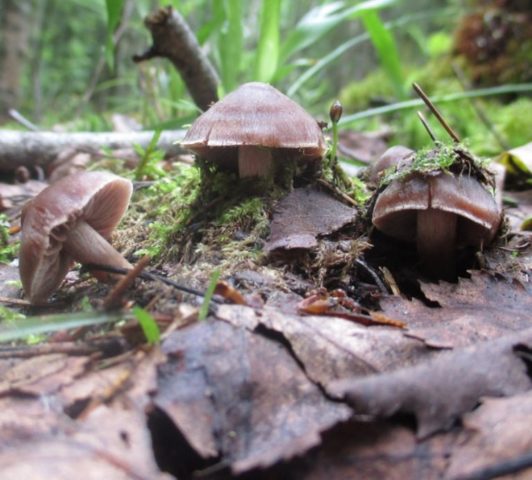
Description of the hat
A hat with a diameter of up to 6 cm has the shape of a bell; as it grows, it gradually straightens and becomes flat-spread, leaving a slight rise in the center. The edges are smooth or wavy; in dry weather they become brittle and brittle. The dry surface is smooth, silky, brown or dark brown with a purple tint.
The lower layer is decorated with thin, dirty gray plates, which are covered with a thick blanket at a young age. As it grows, the protection breaks through and descends in the form of a skirt on the leg. The gray-brown flesh is dense, without a pronounced taste and smell. Reproduction occurs by elongated spores, which are collected in a reddish-brown powder.
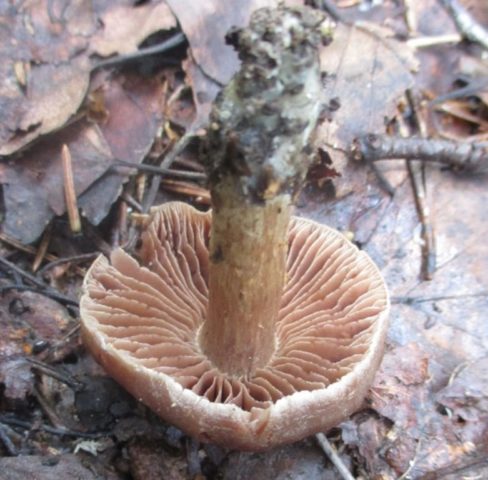
Leg description
The leg up to 10 cm high has a cylindrical shape and is covered with a gray-brown skin, with pronounced redness closer to the ground. The pulp is fibrous, tasteless and odorless. The color depends on the place and time of growth.

Where and how it grows
The spring webcap prefers to grow on rotten trunks of deciduous and coniferous trees, stumps and dead wood. It can be found in clearings, along roads, in open meadows, in moss and grass.
Is the mushroom edible or not
Due to the lack of taste and aroma, this forest dweller is not eaten. But, despite the fact that toxicity has not been identified, experienced mushroom pickers recommend passing by unknown specimens.
Doubles and their differences
The spring webcap, like any inhabitant of the forest, has false brothers. These include:
- Bright red - inedible species, grows from May to July. Grows in small families in humid places, coniferous and deciduous forests. The pulp is firm, with a characteristic floral aroma. You can recognize the species by a small conical brown-brown hat and a thin curved leg. The bottom layer is formed by wide serrated light brown plates.
- Triumphal - a rare, edible species, listed in the Red Book. The hat reaches a diameter of 12 cm, has a hemispherical or spherical shape. The surface is covered with a shiny, slimy, bright orange skin. As it grows, it darkens and acquires a brown-red color. The pulp is dense, fleshy, without taste and aroma.
- Saffron is an inedible forest dweller that grows among conifers, near water bodies, along roads. Occurs from July until the first frost. The cap is up to 7 cm in size, covered with a fibrous, red-brown skin. The pulp is dense, has no smell and taste.
Conclusion
The spring webcap is an inedible representative of the forest kingdom. Grows in mixed forests from April to November. Since the species has edible counterparts, you need to be able to distinguish it by its external characteristics. During mushroom hunting, it must be remembered that inedible, little-known specimens can cause irreparable harm to health.



